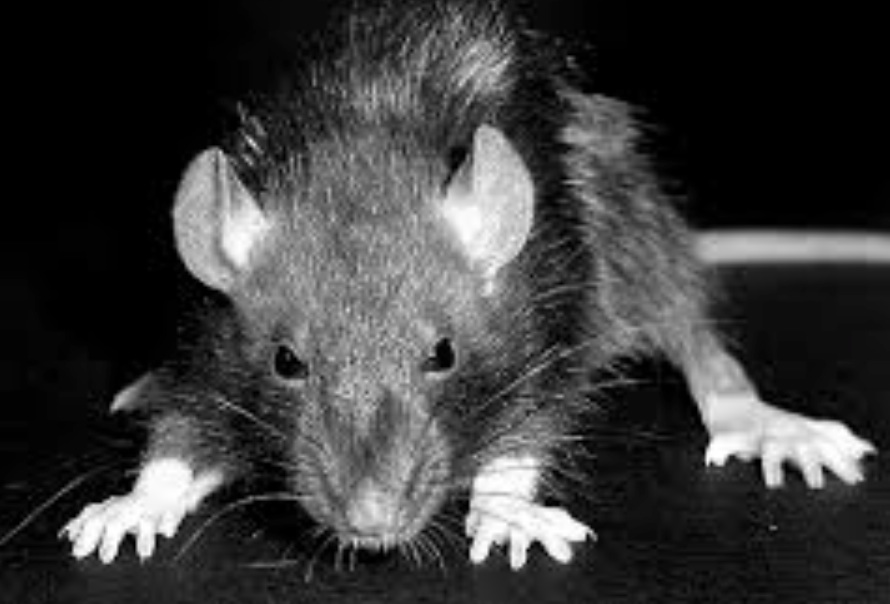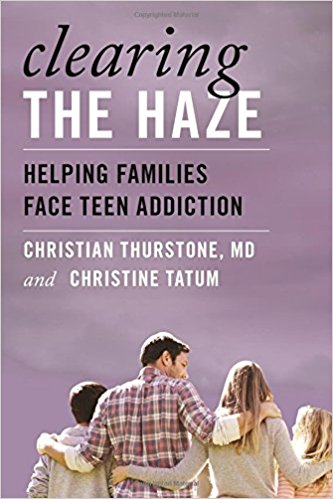It’s a Friday night, and we decided to assemble a casual focus group at home to review major elements of the $2 million marijuana-prevention campaign the State of Colorado is aiming at youth.
In mere minutes and over slices of pizza (extra cheese), our self-described “recovering pothead friends” sliced and diced the initiative, called “Don’t Be a Lab Rat.” These men and women have been sober for decades, but, when it comes to substance use, they know every trick in the book because they either have played them or have been schooled by the adolescents they now treat for substance addiction.
The room’s prevailing sentiments about the commercials and website we reviewed: this campaign stinks more than Limburger, and Halloween costumes incorporating cages; rats; and stern-looking “researchers” wearing long, white lab coats will be all the rage this year. No one expressed a modicum of surprise that vandals already have left their pro-pot marks on the “goofy cages” plopped in downtown Denver.
“This country has the best advertising minds in the world, bar none,” one man said. “But is this really our best effort at prevention? Because from my point of view, this campaign looks like a subterfuge for something else.”
Maybe it’s worth noting here that when the State of Colorado formally solicited creative teams to work on this campaign, it made clear the winning contractor would need to consider input from the marijuana and pharmaceutical industries. It’s probably also worth noting that when the tobacco industry was represented in the creation of prevention and anti-smoking campaigns, subsequent research found that, at best, the campaigns had no impact. Many actually did harm.
But back to the lab rats, researchers — and self-described recovering potheads.
“For starters, the whole campaign is off because kids don’t give a rat’s ass about brain development,” one woman said. “Their parents do.”
“Teens like to make fun of things, and all of this is so easy to make fun of,” a man said. “I’d say the ‘goofable factor’ here is very high.”
“When I say, ‘Don’t think of a yellow bus,’ what’s the first thing you think of?” another man asked. “That’s right. A yellow bus. When we’re told not to do something — as in ‘Don’t be a lab rat,’ it’s not hard to think, ‘Be a lab rat.’ Advertising professionals and people in substance recovery learn a lot about this common, oppositional thinking. The former are very good at manipulating it — and the latter are just very good at it. This is why, in prevention and recovery, we use affirmative statements. We do not say, ‘Don’t do drugs.’ We affirm with statements like, ‘Be your own person,’ or ‘Enjoy sobriety,’ or ‘Use your intelligence.'”
Which took us to the home page of the website built to serve as as the campaign’s online information hub, dontbealabrat.com, and this introduction:
Woman: “Oh, this is slick word-craft. Check out those first words: ‘Mother Nature’s miracle plant.’ We could debate whether that reference was intended to be sarcastic — and that’s precisely the point: this is ambiguous. Anyone skilled at reading between lines and identifying manipulative communication would throw a red flag here.”
Man: “It’s all ‘may be,’ ‘could be,’ ‘might be’ — and then a question. No one here is making clear statements when the science is clear. This is just politically correct speak about a serious health problem.”
Man: “See how they move to the extremes immediately? ‘Schizophrenia.’ ‘Permanent IQ loss.’ ‘Stunted brain growth.’ Anyone who has worked in adolescent drug treatment knows this is never where conversations start. Never.”
Dr. Christian Thurstone: “Overstating the science only creates another ‘Reefer Madness’-like scenario that is easy to shoot down.”
Christine Tatum: “See how we’re back to questioning the research — again — and asking who will be ‘their’ guinea pigs?” To whom does that ‘their’ refer? Researchers? Why not just write ‘the guinea pigs?’ Sure appears to be a subtle attempt to discredit science and plant the idea that researchers are manipulative and playing games of gotcha with drug users.”
This photo taken by CBS provides a clearer example of how the campaign’s language essentially pits adolescents (and marijuana users of all ages) against medical researchers. The ad states, “Scientists can’t wait to see the negative effects it will have on your brain.”
So use weed, and prove them all wrong! And the more weed you use, the more you’ll show them!
Now, moving right along to this commercial:
Hotbox from State of Colorado on Vimeo.
Man: “Looks good. I want to get high.”
Man: “Interesting that there was no voiceover and that you have to watch the kids in the car having what looks like a whole lot of fun. You hear them laughing, and you hear a little of their music, but you never hear a message of warning, caution — or prevention. That’s intentional.”
Woman: “There were words? I didn’t see words.”
Woman: “Oh, that’s slick. Check it out: all of the cool people who have friends are in the car — and who is outside the car? No one. That’s the point. No one is outside the car — and if they are, they’re in the dark. With the crickets.”
Woman: “Crickets. That’s all you hear in Colorado if you’re a kid who wants to get high. Nothing to worry about. Party on.”
Man: “It never clearly communicates that what is happening in the car is a bad idea, much less harmful to health.”
Man: “It’s raining — which is just one more subtle way to convey that what’s happening in the car is relaxing, soothing and safe from harm.”
Now, for the next look at medical researchers provided in this commercial supporting the Colorado marijuana-prevention campaign aimed at youth:
Theater – IQ from State of Colorado on Vimeo.
Man: “Discredit the science, and don’t make it look cool or like anything a young person would want to be a part of. Just one more tragic reinforcement in our country of, ‘Science is bad.'”
Woman: “The scientists look stern, judgmental and stupid. No kid is going to want to be a part of their work.”
Man: “Don’t be a lab rat — for medical researchers. But smoke pot.”
Dr. Thurstone: “My colleagues and I don’t wear white lab coats.”
Woman: “These researchers had to wear white lab coats so the messaging in the small, white font on this video would be even harder to read. It all blends in.”
Woman: “The racial panel of those scientists is stereotypical and dredges up all sorts of interesting questions. Why no black or Latino scientists appearing in this video? How might black and Latino kids process this panel of cold, impersonal white and Asian people?”
Man: “It’s de-valuing science and research — but in a subtle way that is hard to convict.”
Woman: “That computerized voice helps take the humanity out of the work.”
Prevention messaging should come from the entire state of Colorado. Everyone, not just caricatured medical researchers and scientists, should be represented in messages to kids about the harms of marijuana use. This campaign promotes the idea that the “lab rat” experimentation in which kids could find themselves ensnared — also known as “marijuana legalization” — is the creation of healthcare professionals. It’s actually the creation of voters.
Christine Tatum is a veteran journalist who has collected many paychecks funded by manipulative advertising. You can read more about her here.





We welcome all thoughtful comments, but please abide by our commenting rules